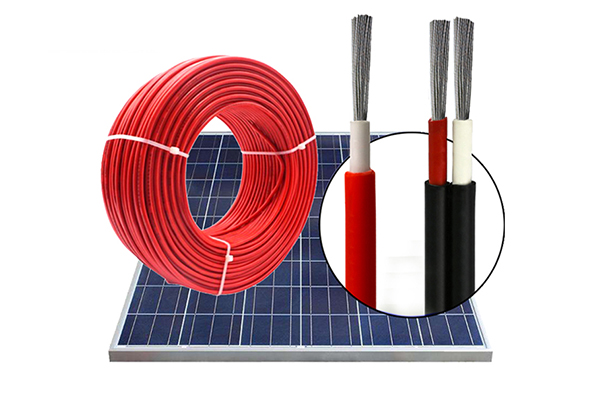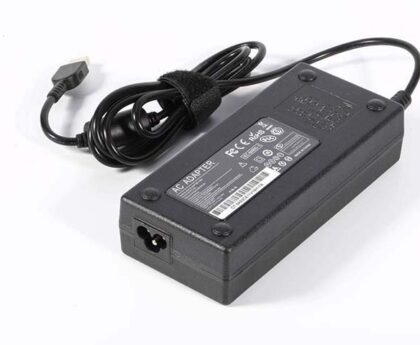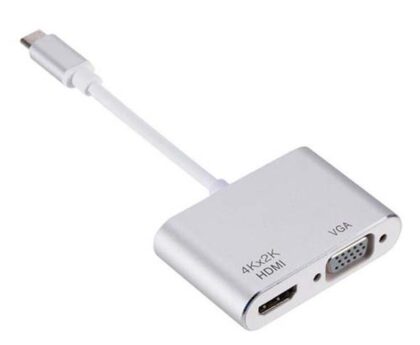Calculating the appropriate wire size for a flexible solar panel system ensures efficient and safe operation. In this article, we will discuss how to determine the wire size for flexible solar system components.
To simplify the calculations, we will divide the wire sizing process into two parts: wiring the flexible solar panels to the charge controller (lengthy wires) and wiring the components together (short wires).
Calculating Wire Size for Solar Panels:
The wires connecting the flexible solar panel to the charge controller are typically lengthy, requiring a different approach based on voltage drop. Voltage drop refers to the decrease in voltage as electricity travels through a wire. To calculate the wire size for this part, follow these steps:
a) Determine the maximum current flowing through the wire. Multiply the solar panels’ short-circuit current (Isc) by a safety factor, such as 1.5623. For example, if the Isc is 6.2A, then the maximum current (Imax) would be 9.7A.
b) Consider the length of the wires. If, for instance, the distance from the flexible solar panels to the charge controller is 30ft, use a voltage drop calculator to determine the appropriate wire size. Enter the wire length, voltage (Vmp * 2 panels), and maximum current.

c) Analyze the voltage drop calculation results and select a wire size with a diameter that ensures the voltage drop remains below 3%. In this case, a 12AWG or 4mm² wire would be suitable.
Calculating Wire Size for Solar Components:
In the second part of the wire sizing process, we focus on determining the appropriate wires that connect the charge controller, battery, busbar, inverter, and DC fuse box. Follow these steps to calculate the wire size for this part:
a) Consider an example where a 1,000W inverter is connected to a 12V battery. Calculate the current by dividing the power (1,000W) by the voltage (12V). In this case, the current would be 83A.
b) Apply safety factors, particularly concerning the wire’s temperature. Multiply the current by 1.25, resulting in 104A.
c) Refer to a wire size current rating table to find a wire carrying the calculated amperage. Locate the copper conductors, select the appropriate insulation temperature, and find a current rating higher than the calculated value. For instance, if the calculated current is 104A, find a wire with a current rating higher than that (e.g., 110A). Then, move horizontally to find the required cable gauge number (AWG). A 3AWG copper cable with a 90°C insulation rating would suit this case.
By following these steps, you can accurately determine the wire size for your solar power system.
FAQs:
1. Why is wire size important in a solar system?
Wire size is crucial in a solar system because it determines the capacity of the wires to handle the current and voltage required for efficient energy transfer. Proper wire sizing minimizes voltage drop, reduces the risk of overheating, and ensures the system operates safely and effectively.
2. What is voltage drop, and why is it important to consider?
Voltage drop refers to the decrease in voltage that occurs as electricity flows through a wire due to its resistance. It is essential to consider voltage drop because excessive voltage drop can result in reduced system performance and efficiency. Calculating and minimizing voltage drops ensures that the solar panels produce the desired power and that energy is efficiently transmitted to the various components.
3. What safety factors should I consider when sizing wires?
When sizing wires for a solar system, it is crucial to consider safety factors. These factors account for various aspects, such as temperature, environmental conditions, and system requirements. Examples of safety factors include multiplying the short-circuit current by a factor to determine the maximum current and applying a percentage increase to the calculated current to account for temperature fluctuations.
4. Can I use a smaller wire size to save costs?
While using a smaller wire size may be tempting to save costs, it is not recommended. Undersized wires can lead to excessive voltage drop, power loss, and potential overheating. It is best to adhere to the recommended wire sizes based on calculations to ensure optimal solar system performance, safety, and longevity.
Conclusion
Understanding how to calculate wire size is essential for optimizing the performance and safety of your solar panel system. Considering factors such as voltage drop and current ratings, you can ensure that the wires connecting various components are appropriately sized. Proper wire sizing promotes efficient energy transfer and helps prevent issues like excessive voltage drop and overheating.




